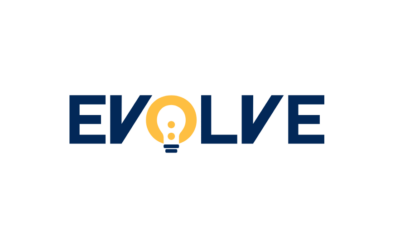A million-dollar question for every business. What should you do if you’re running on the legacy software that is in your business for a decade, but you struggle to implement the new functionalities? The absolutely honest answer is – it depends. There are no two cases that are the same, and every situation like that requires a thorough analysis and research. But while we’re certain that we cannot put everyone in the same box, there are certain factors that are universal when it comes to weighing the pros and cons of the legacy software or deciding to get a new one.
Sometime back, our company DEV PACK was approached by our client, an ERP provider for the small to mid-size logistics companies, and real estate developers. They came to the point when they were deciding what to do with their ERP system. Initially, they only wanted to implement some new modules that would comply with the new security requirements (GDPR, etc.) but were struggling to do it on their own. Firstly, the project on its own was technically robust, and secondly, they were afraid that by interrupting the software structures, they might break the whole system.
Therefore, we outsourced one of our own Project Managers.
Our Project Manager mapped all existing processes within the company to define dependencies, threats, and risks. Very soon, it was clear that the system the company was running, was an old-fashioned, “shelved” software that was struggling with additional functionalities. Not only it would be costly to add extra modules, but in time, there was a high likelihood that the system wouldn’t be able to accommodate them safely, and there was a high probability of exposing the stored data. Still, it was a tough call our client was facing – should they go on with what they already had, and try to “stitch” it together with every new requirement, or should they go for something completely new?
To help them with the decision-making process, we prepared the simple calculation where we compared the long-term costs of keeping the legacy software versus developing a new, customized ERP system that would be tailored for our client’s needs. Based on those figures, and the safety issues that the old software might cause in the future, the client decided to develop and implement the new ERP system.
Still, the opposition in their circles was high. The employees liked the legacy system, they knew how it worked, they knew all the functionalities well, and were resistant to change. To overcome this, we formed a few working groups and established strong communication channels with all touched stakeholders. We created ONE team that consisted of the client’s employees, and our own experts, and establish the partnership from the beginning.
Together, we developed and implemented bulletproof ERP with transparent processes, eliminating the fear of any skeletons jumping out from the closet in the future. We also helped to implement the new Staff Performance system that improved the appraisal process for the internal employees.
In the beginning, we talked about the universal factors that are here to help you to make a decision about your legacy software.
The most common factors to help you to evaluate whether to innovate the legacy software or develop the new one are:
1. Costs
Don’t fall into the trap of calculating short-term costs spent on the development vs improving the functionality of the legacy software. When you’re comparing the expenditures for one or another variant, look at it at least from the horizon of three years. How much will it cost you if the system should support your business growth? How easy/difficult is it to implement new functionalities? How much does it cost to maintain the old system?
2. Safety
Without elaborating on this topic deeper, if your current system doesn’t support the safety of the stored data, we don’t have to dig further to know what to do. In today’s world, people are hesitant to give out even their email addresses, not to mention, more sensitive data. Unfortunately, with the IT modernization, also goes the ability to penetrate the firewalls of certain systems, and if your current systems are not able to protect the sensitive data of your customers, you should either upgrade its functionality or consider a complete change of it. Safety is something nobody can compromise on.
3. Competitor’s advantage
Last, but not least, it’s all about being ahead of your competition. Can your system offer your clients something that would improve their experience, and your competitors don’t have it yet? In today’s world, experiences are about simplicity and digitalization, and even non-digital products and services are about digitalization. We want to track where is our delivery, we want to see the status of our order, interest in our products. Can your system do it? If not, how easy/difficult is it to implement that new feature that would get you an extra 5% of the clients?
To conclude – when facing a decision whether you should innovate your legacy system, or to look at the development of the new solution, you need to adopt the “bird-view” perspective. That might be sometimes difficult on your own, but our company can provide independent specialists that are able to evaluate the specifics of your internal environment, and recommend the solution that will fit your needs the best
While the idea of having a new software, or a customized app can be overwhelming, it is often less costly than trying to keep your old systems alive.
If you’re struggling with that decision, get in touch with our company, and we’ll do the mapping of the current processes with the suggestion of the best way forward. We have years of experience with software and application development.


